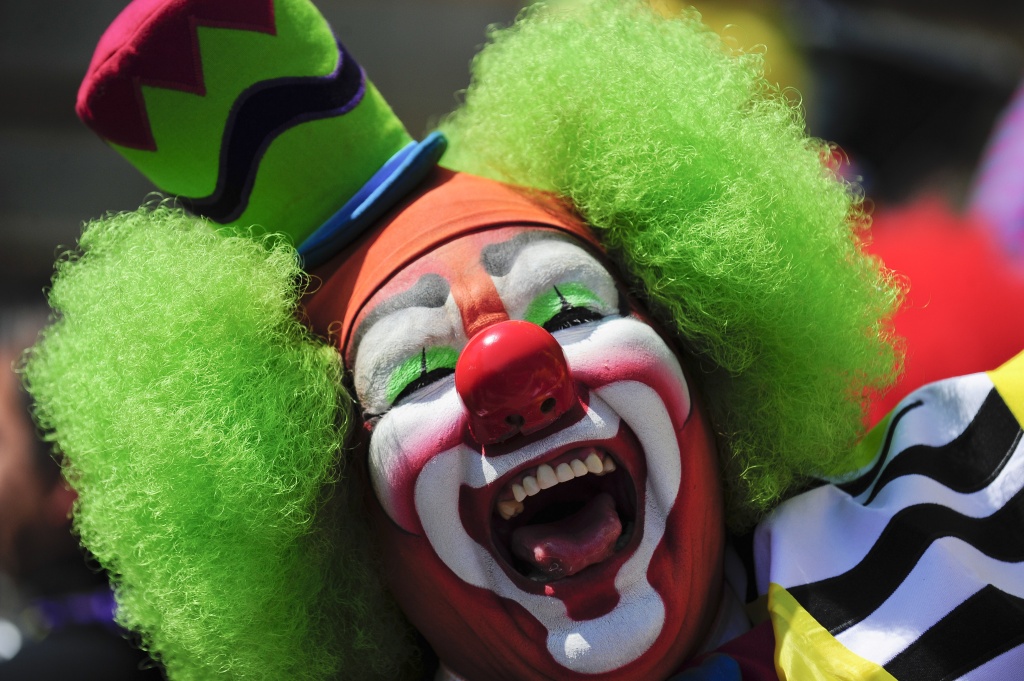A clown is a person who wears a unique makeup-face and flamboyant costume, performing comedy in a state of open-mindedness (by reversing folkway-norms) all while using physical comedy.
In anthropology, the term clown has been extended to comparable jester or fool characters in non-Western cultures. A society in which such clowns have an important position are termed clown societies, and a clown character involved in a religious or ritual capacity is known as a ritual clown.
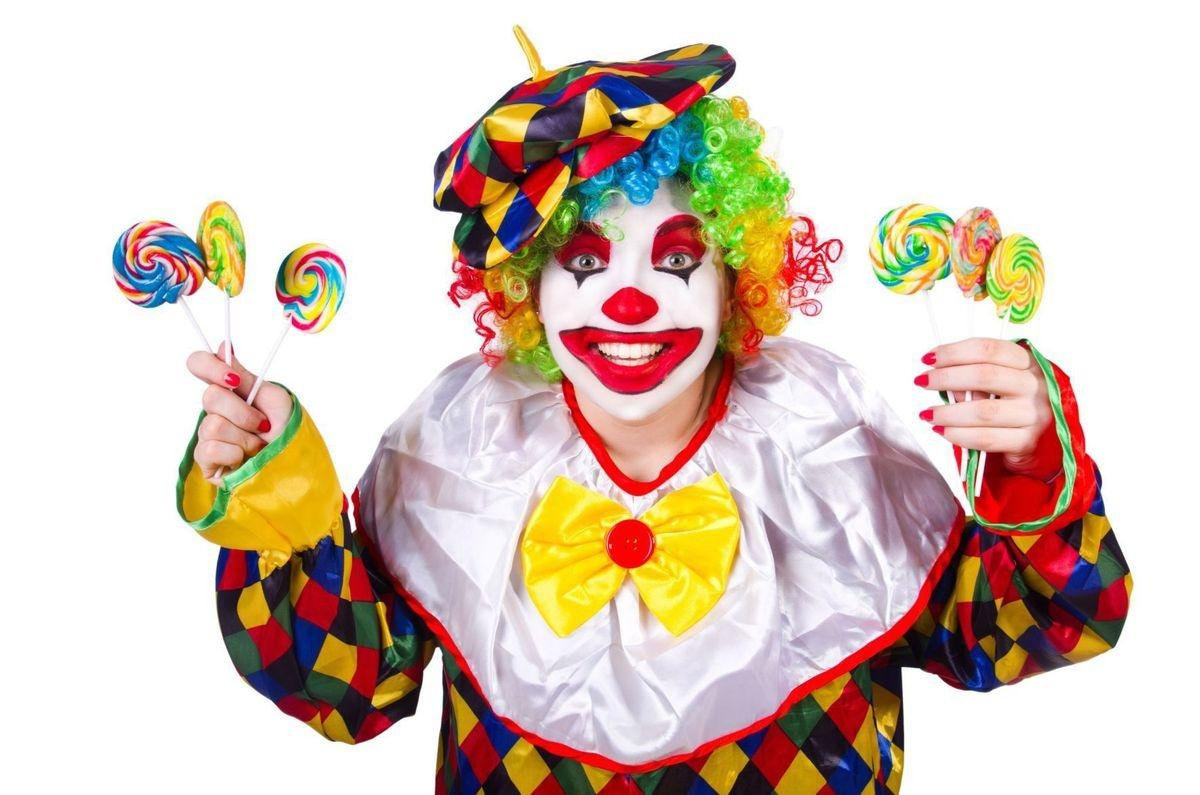
Unlike court jesters, clowns have traditionally served a socio-religious and psychological role, and traditionally the roles of priest and clown have been held by the same persons.
Clowning was a general feature of the acts of medieval minstrels and jugglers, but the clown did not emerge as a professional comic actor until the late Middle Ages, when traveling entertainers sought to imitate the antics of the court jesters and the amateur fool societies, such as the Enfants san Souci, who specialized in comic drama at festival times.
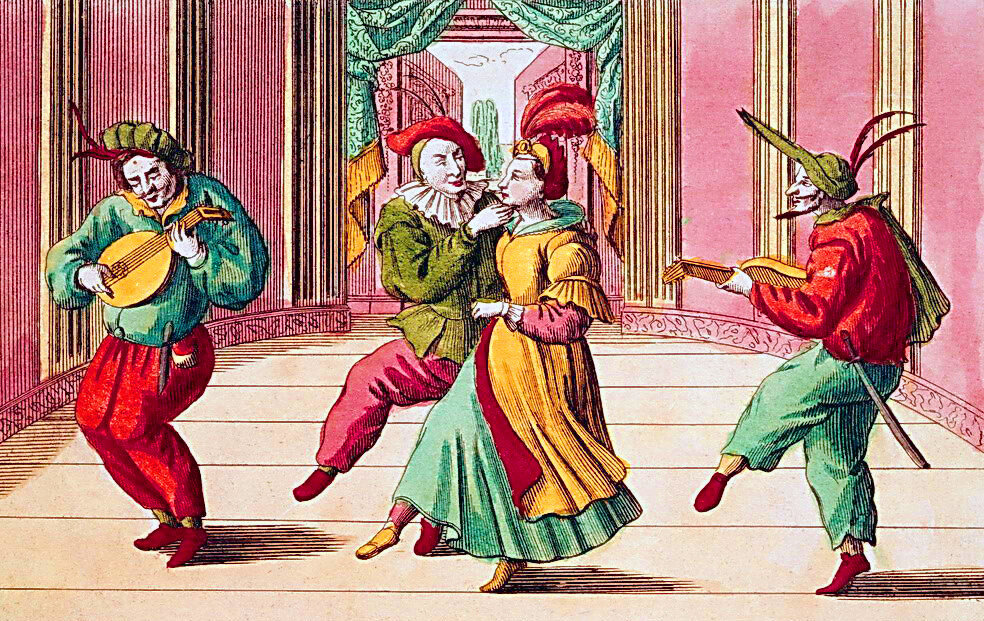
Modern clowns are strongly associated with the tradition of the circus clown, which developed out of earlier comedic roles in theatre or Varieté shows during the 19th to mid 20th centuries. This recognizable character features outlandish costumes, distinctive makeup, colorful wigs, exaggerated footwear, and colorful clothing, with the style generally being designed to entertain large audiences.
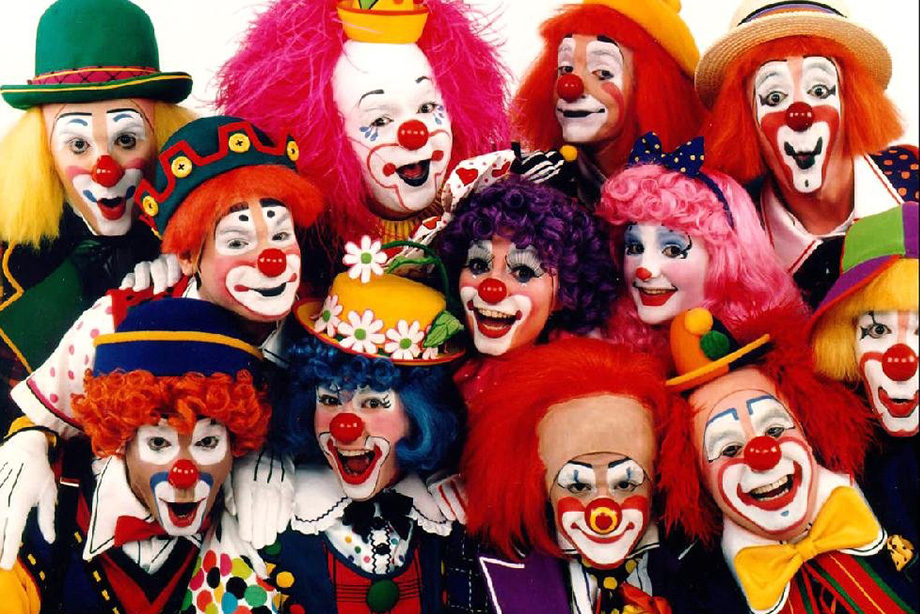
England exported the circus and its clowns to America, where the genre blossomed – in late 19th century America, the circus went from a one-ring horse act to a three-ring extravaganza that travelled the country on the railways.
The clown figure in motion pictures culminated in the immortal “little tramp” character of Charlie Chaplin, with his ill-fitting clothes, flat-footed walk, and winsome mannerisms.
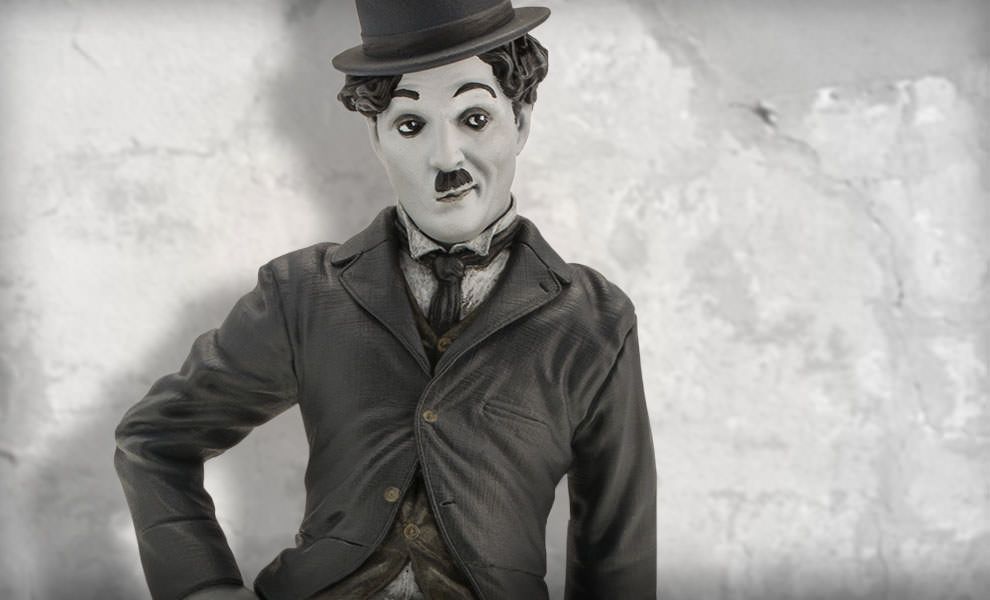
While clowns usually aim for laughs, the reaction from many—especially those who suffer from coulrophobia (fear of clowns)—is more like fear. Why? Maybe it’s the masklike makeup. Or because of recent “creepy clown” sightings. One thing’s for sure, clowns seem to always be in the popular imagination.
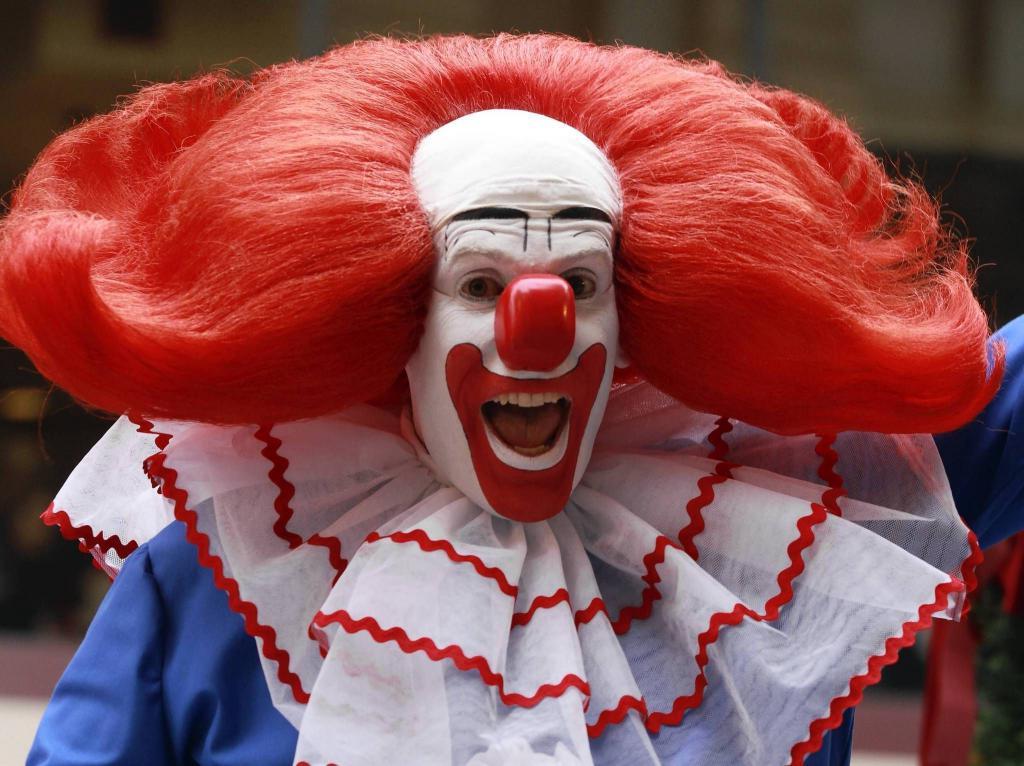
The most inventive clown was Charlie Cairoli (Italy) who, with his father, between 1927 and 1937 at the Cirque Medrano, Paris, devised over 700 different routines (entrees). He then played 40 consecutive seasons at the Blackpool Tower Circus, UK, without repeating and entree in more than one season.

The same clown appeared in the Roman mime, wearing a pointed hat and a motley patchwork robe and serving as the butt for all the tricks and abuse of his fellow actors.
